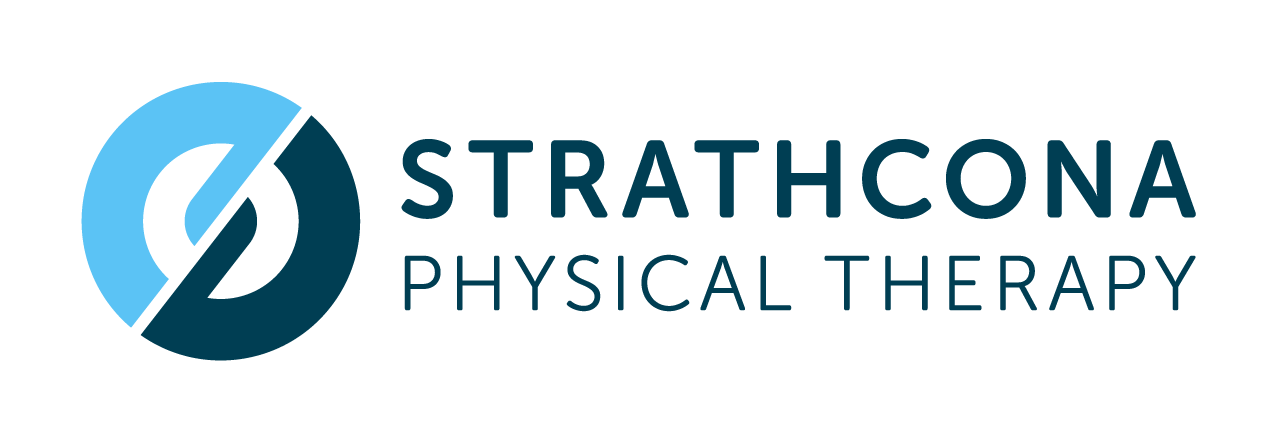The Pelvis: The Hidden Key to Shaping and Supporting a Scoliotic Spine
Scoliosis isn’t just a side-to-side curve—it’s a three-dimensional spinal twist deeply influenced by the pelvis. Think of the pelvis as the foundation of a house: when it tilts, rotates, or shifts unevenly, the spine above must adapt, often worsening spinal curves and sending ripple effects down to the hips, knees, and feet.
Why pelvic alignment matters in scoliosis:
The pelvis works like a “pelvic vertebra,” influencing spinal alignment in all directions: side-to-side (coronal), front-to-back (sagittal), and rotational (transverse). Studies have shown that correcting pelvic rotation, especially when paired with Schroth exercises, improves not only pelvic alignment but also spinal rotation and trunk symmetry. Pelvic obliquity—where one side of the pelvis is higher—appears in nearly a quarter of adolescents with idiopathic scoliosis and is associated with greater curve severity and shoulder imbalance.
Even leg-length differences, whether true or functional, can tip the pelvis, setting off a chain reaction that affects spinal shape, posture, and gait mechanics.
Examples of curvature types and pelvic effects
Thoracic right-convex curve: The right side of the pelvis may tilt upward, forcing the left shoulder to drop and triggering a compensatory leftward curve above.
Lumbar left-convex curve: The left side of the pelvis drops down, exaggerating lumbar curvature and contributing to low back strain and asymmetry.
Single curve with leg-length discrepancy: Unequal limb lengths tip the pelvis, creating or worsening functional scoliosis and increasing strain on the hips, knees, or ankles.
How Schroth therapy addresses pelvic-spinal interaction
Schroth therapy is a scoliosis-specific exercise approach that uses individualized breathing, muscle activation, and posture corrections to “de-rotate, elongate, and stabilize” the spine. Importantly, Schroth-trained therapists also work on correcting pelvic misalignments using techniques like proprioceptive neuromuscular facilitation (PNF).
By realigning the pelvis, patients can achieve better trunk symmetry, balance, and muscle coordination, improving not just spinal curves but also leg and gait mechanics.
Downstream effects of pelvic misalignment
A chronically tilted or rotated pelvis alters how we walk, stand, and load our joints. This can increase uneven wear on the knees and hips, sometimes contributing to early joint degeneration. To compensate, the spine may recruit additional curves, leading to muscle overuse, joint strain, and chronic fatigue or discomfort.
Takeaways for scoliosis care:
Start with pelvic assessment: Before addressing spinal curves,we evaluate pelvic position, leg length, and hip alignment.
Combine pelvic corrections with Schroth exercises: Research shows combining these approaches yields better improvements in alignment and function.
Address leg-length differences: If needed, we employ tools or modifications to support pelvic balance.
Monitor lower limb mechanics: Pelvic alignment affects hip and knee function; problems often cascade down the chain.
By focusing on the pelvis, scoliosis management becomes not just about correcting curves but about restoring integrated, whole-body alignment and function.
References
Banno, T., Togawa, D., Arima, H., Nakai, K., Hasegawa, T., & Matsuyama, Y. (2020). Impact of pelvic obliquity on coronal alignment in patients with adolescent idiopathic scoliosis. Spine Deformity, 8(6), 1269–1278.
Colonna, S. (2023). Scoliosis and lower limb inequality: To lift or not to lift. Journal of Musculoskeletal Disorders and Treatment, 7, 105.
Johns Hopkins Medicine. (n.d.). Schroth Method for Scoliosis.
Zhang, Y., Chai, T., Weng, H., & Liu, Y. (2024). Pelvic rotation correction combined with Schroth exercises for pelvic and spinal deformities in mild adolescent idiopathic scoliosis: A randomized controlled trial. PLOS ONE, 19(7), e0307955.
